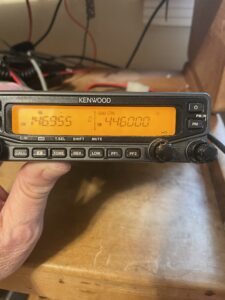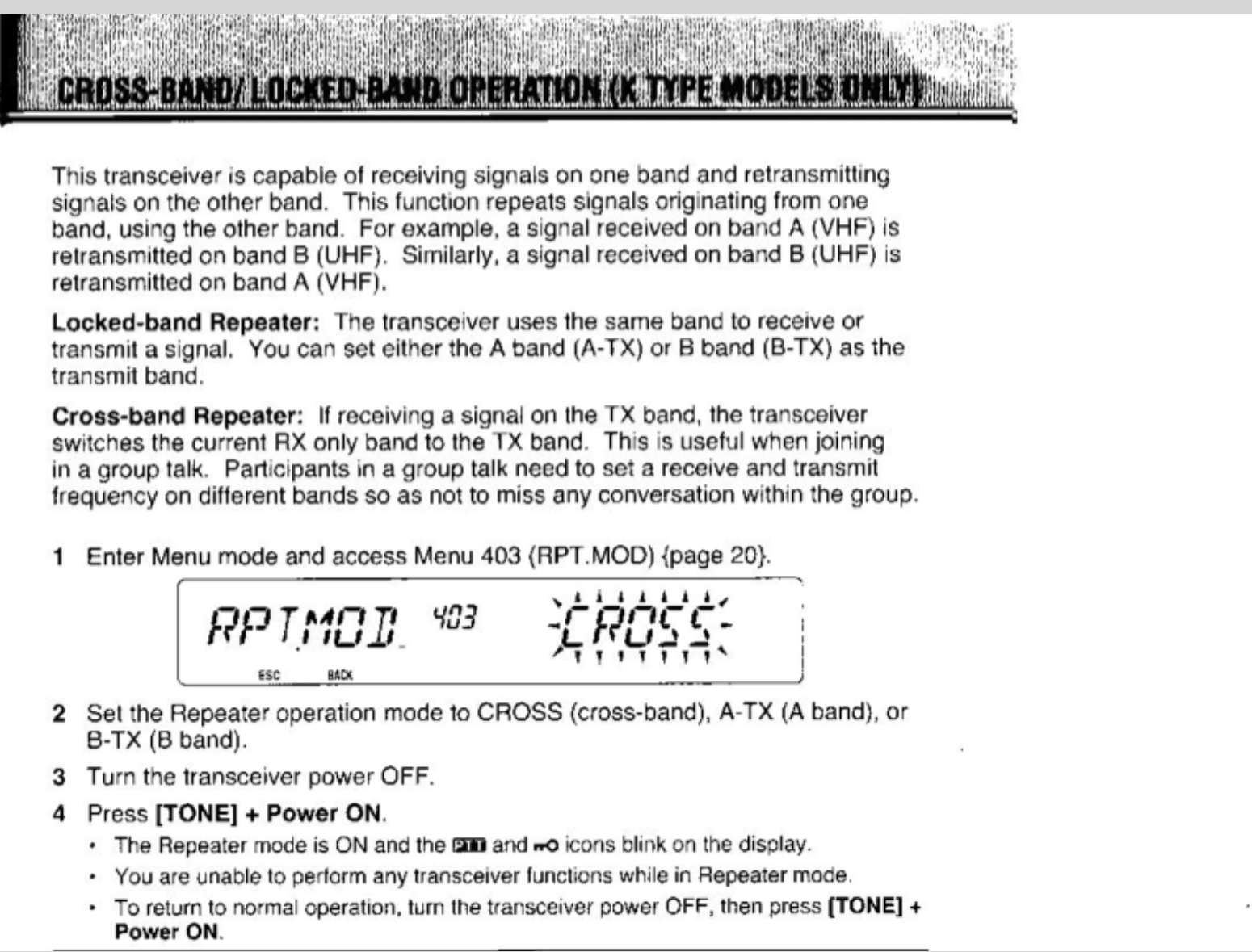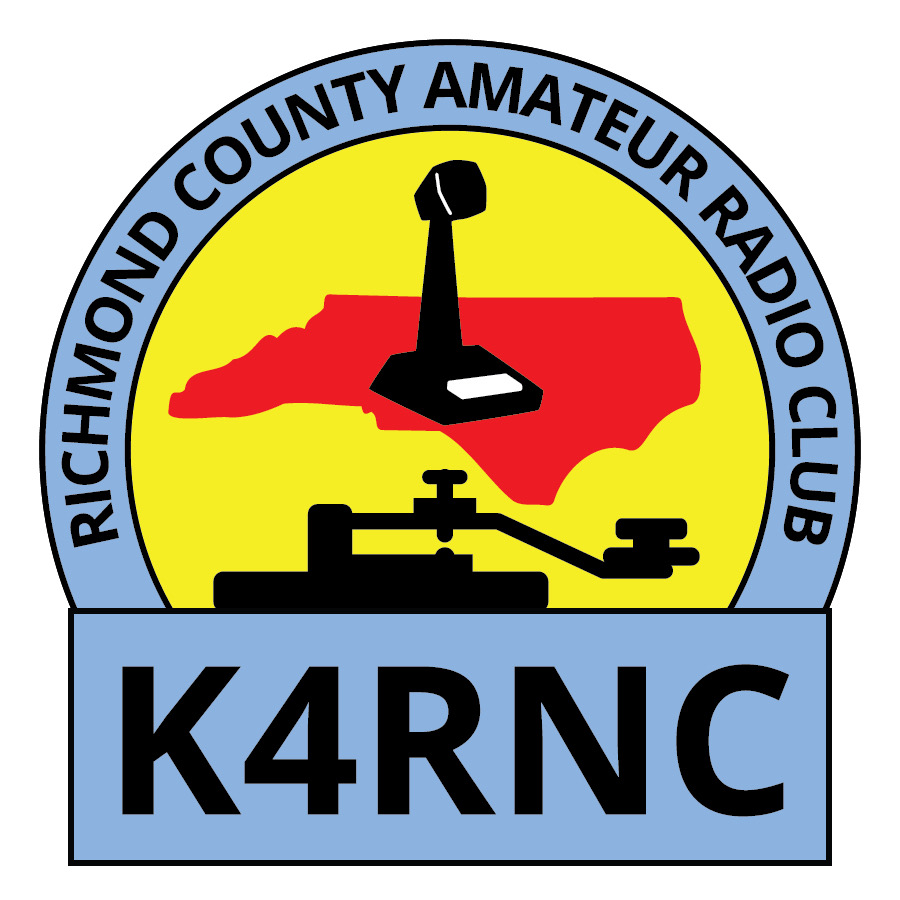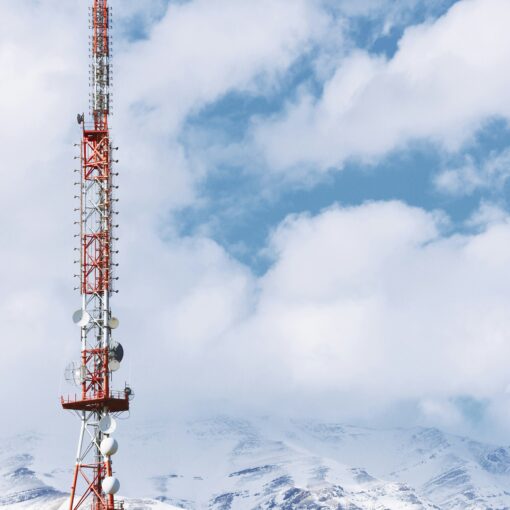Written by and posted with permission from Mark Gibson N4MQU with contributions from Mike Litty KA4AMP.

I hadn’t heard this feature talked about and I thought new and old hams alike may wish to hear about my recent experience with crossband. I set up crossband repeat so I could carry a hand held (HT)radio around my house and talk on the repeater with a decent signal. I did not like the signal I was producing from the HT. The radio I used is a radio I had in my Ford Flex and removed it because I hadn’t used it in awhile. I finally remembered that I could crossband repeat with it. The radio can stay in the ham shack and I could carry around the HT with me.
So how does it work. The radio has two VFO’s and you set one VFO on the simplex frequency you want to use on one band (example, 443.0MHz) and the other frequency you want to crossband to on another band (example, 146.355MHz). You then tell the radio to crossband by selecting the menu and turning it to the crossband menu. For the Kenwood V71A, you then turn off the radio then turn it on buy holding the tone bottom and power button at the same time. When I first did this I had trouble. I could key the main radio but I wasn’t receiving the signal on my HT. I tried over and over again and finally noticed the + was on the simplex frequency. I removed it and pushed the tone button and keyed the HT. It worked! I could hear the repeater on the HT and the signal was clear!
A word of caution using full crossband. Using your mobile or base in full crossband puts the crossband radio into full duty, receiving and retransmitting in both directions. This can cause overheating if there’s a lot of traffic both ways. If your HT is dual band and is receiving well enough, you may be able to put the crossbanding radio into a half-crossband state, which Kenwood calls locked-band, in which it only crossbands in one direction, when you’re transmitting out from your HT through the crossband radio. This puts the radio in half-cycle and reduces the risk of overheating. Your HT would need to be able to listen to the repeater and transmit on the crossband receive frequency. This is a common feature of dual-band HTs.
For example, if you’re using the crossband repeater to communicate between an HT and a repeater farther than the HT can reach, in a half-crossband state, the HT would receive directly from the repeater, allowing the crossbanding radio to rest. The HT would transmit to the crossbanding repeater which would retransmit the signal out to reach the repeater. During the exchange, the crossbanding repeater is only working half the time, on receive from the repeater. This is half-duty cycle and reduces the risk of overheating.
If you’re mostly listening, and there isn’t continuous incoming traffic, full crossband may be fine but keep an eye on the temperature of a radio in full crossband.
Another tip to prevent inadvertent use of your crossbanding radio, put a CTCSS or PL tone on the receiver handling your outgoing traffic. Let’s say you’re using crossband to connect to the club repeater that is out of range of your HT. Let’s say the crossbander is set to receive from the HT on 441.4250 and retransmit out on 146.355. If the receiver on 441.425 has no receive CTCSS tone and someone else within range starts using that frequency, your crossbander will pick it up and transmit it out to the repeater. The other person won’t be aware that they’re using the crossbander and working a repeater. This could cause interference on the repeater and with the other person trying to work simplex.
To avoid the possibility of causing this interference, you can put a CTCSS receive tone on the crossbander and set your HT to use that same CTCSS transmit tone to key up the crossbander. Someone using that same frequency is unlikely to be using the exact CTCSS tone you’ve programmed and is unlikely to cause interference on the repeater.
Instructions for the V71A for crossband.

One radio in production that handles crossband repeat is the TYT TH-9800.
If you have experience with other radios that do crossband please email me at n4mqu73@gmail.com


